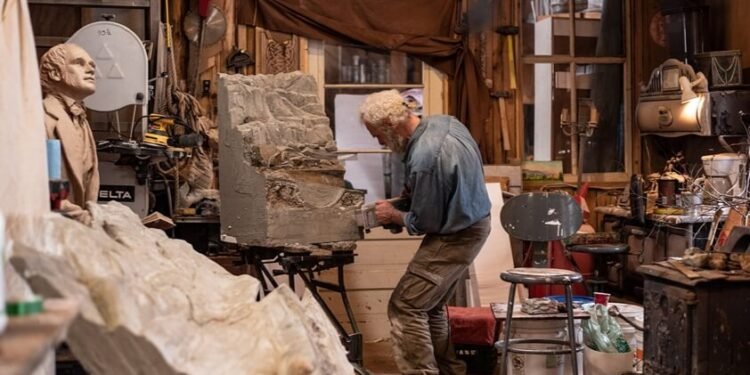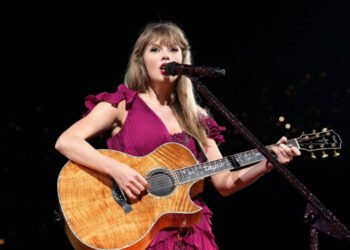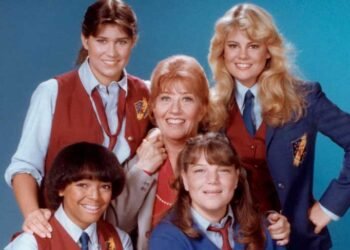Participating in an Art Class has never been more popular.Much people are taking the plunge and discovering the joys of drawing and painting, and it’s easy to see why from increasing your spatial awareness to improving your mental health, enrolling in an Art Class can have innumerable benefits. The core of an art studio pulsates with the energy of creation, a sacred location where ideas take shape and imagination becomes tangible. An art studio thrives on new approaches to learning and creating as an incubator for artistic expression. To be dynamic and relevant, studios must constantly adapt, offering courses and programs that not only refine technical abilities but also broaden their participants’ creative horizons. Here are some inventive and innovative workshop and class ideas that art studios can use to foster the various abilities of artists and lovers alike.
Sensory Exploration Workshops:
Sensory Arts is a good mix of Art Studio and Multi-Sensory activities and can be brought outside, allowing Artmakers to enjoy the gardens as well, stimulating more senses. Support artists convert music or fragrances into visual art, resulting in a cross-sensory encounter that challenges traditional perception, you can also bring in painting or sculpting in low-light situations, which forces artists to concentrate on touch and spatial awareness, increasing other senses.
Tech-Integrated Art Classes:
Technology in the art studio is an excellent approach to allow your students to experiment with many materials. Digital-Physical Fusion Courses and sculpture 3D printing teaches how to combine digital sketches with the creation of art. Electronic portfolios allow art professors to see what their students are working on and provide a place for students to arrange their work without taking up any physical space. Teachers can even host virtual art exhibits featuring the work of their students.
Art and Environment Series:
Participating in an arts and crafts workshop is more than just a creative activity. Art has the power to shift our societal consciousness and inspire meaningful change. produce workshops centered on sustainable methods, such as using recycled materials or natural mediums to produce art that addresses environmental challenges, in other hand teach artists engage with and to take inspiration from varied locations by holding classes outside or in unorthodox spaces.
Art Therapy Sessions:
The majority of art therapy sessions do not have a set format. Human problems and goals are constantly changing, thus a flexible approach to therapy is essential. To enhance mental wellbeing and stress alleviation, combine meditation with drawing exercises and lead artists through projects that combine color theory with emotional expression, utilizing painting as a vehicle for reflection and emotional release. Furthermore, employing Paint by Numbers as a type of art therapy is extremely beneficial in reducing anxiety, tension, and depression symptoms, you can choose your preferred design or a custom paint by numbers kits that you can turn into a stunning decoration for your space in the end.
Cultural and Historical Art Studies:
The art history component of the visual arts curriculum offers students a fundamental understanding of the histories that have affected art making and visual production through the study and critical reading of works of art in their historical and cultural settings.
Try to set sessions to discover several historical periods via art, imitating techniques and styles from different ages and dig into diverse nations’ artistic traditions, perhaps even cooperating with cultural centers for authenticity.
Experimental Material Workshops:
This session will challenge you to look at things differently and create in a fresh, original way to grow your art practice by allowing you to tap back into a kind of creation that comes from inside. So, Utilize materials other than canvas and paper, such as metal, glass, or other things, in addition show learners how to make their own art tools, such as inks, sheets, and brushes.
Interactive and Collaborative Projects:
Making collaborative art is a great approach to foster individual collaboration, celebrate diversity, and enrich workshop culture. This collection of hands-on group art projects is intended to help develop important skills like taking turns, sharing ideas, and making group decisions. Move beyond standard canvas and paper to include metal, glass, and other things, also provide them with how to make their own art tools, such as inks, sheets, and brushes.
Kinesthetic and Movement-Based Art:
Kinaesthesia is the sense that detects the location, weight, or movement of the body’s muscles, tendons, and joints. The term has come to be associated with art that deals with the body in motion. Combine movement and visual art by having dancing movements generate patterns on canvas using paint, otherwise provide a venue for artists to experiment with performance art by including drama, movement, and visual components.
Culinary Art Experiences:
The process of cooking and arranging food is referred to as culinary art. Culinary art, on the other hand, is more than just cooking. Professionals in this industry not only cook delicious meals, but they also create culinary pieces of art. Deliver classes on the art of plating and food presentation, thinking of taste profiles as “color” and textures as “composition” and create sculptures out of food products that can be photographed or even devoured.
Mind Expansion Sessions:
Arrange philosophical conversations and initiatives, as well as motivate artists to represent complex topics graphically and also design classes based on scientific phenomena such as fractals in nature or astronomical events.
The arts are a vital cultural tool for expressing our worries and affection for the planet we live in. Be it the natural environment, maintaining consciousness, conflict, peace, disasters, taboos, social and cultural awareness, or any other topic. We may praise creativity for all of humankind’s accomplishments and endeavors since it enables us to see a brighter future with new innovations and fascination into areas of study that were earlier regarded as mysticism, wizardry, or witchcraft.
The possibilities for creative seminars and classes in art studios are as limitless as creativity itself. By embracing these concepts, studios become not just a beacon for those looking to broaden their artistic skills, but also a hub for communal growth, interdisciplinary learning, and the creation of an environment in which the avant-garde becomes the standard. The art studio stands as a tribute to human inventiveness in this perpetual state of flux, enticing every ambitious creator to come and engage in the dance of innovation.












